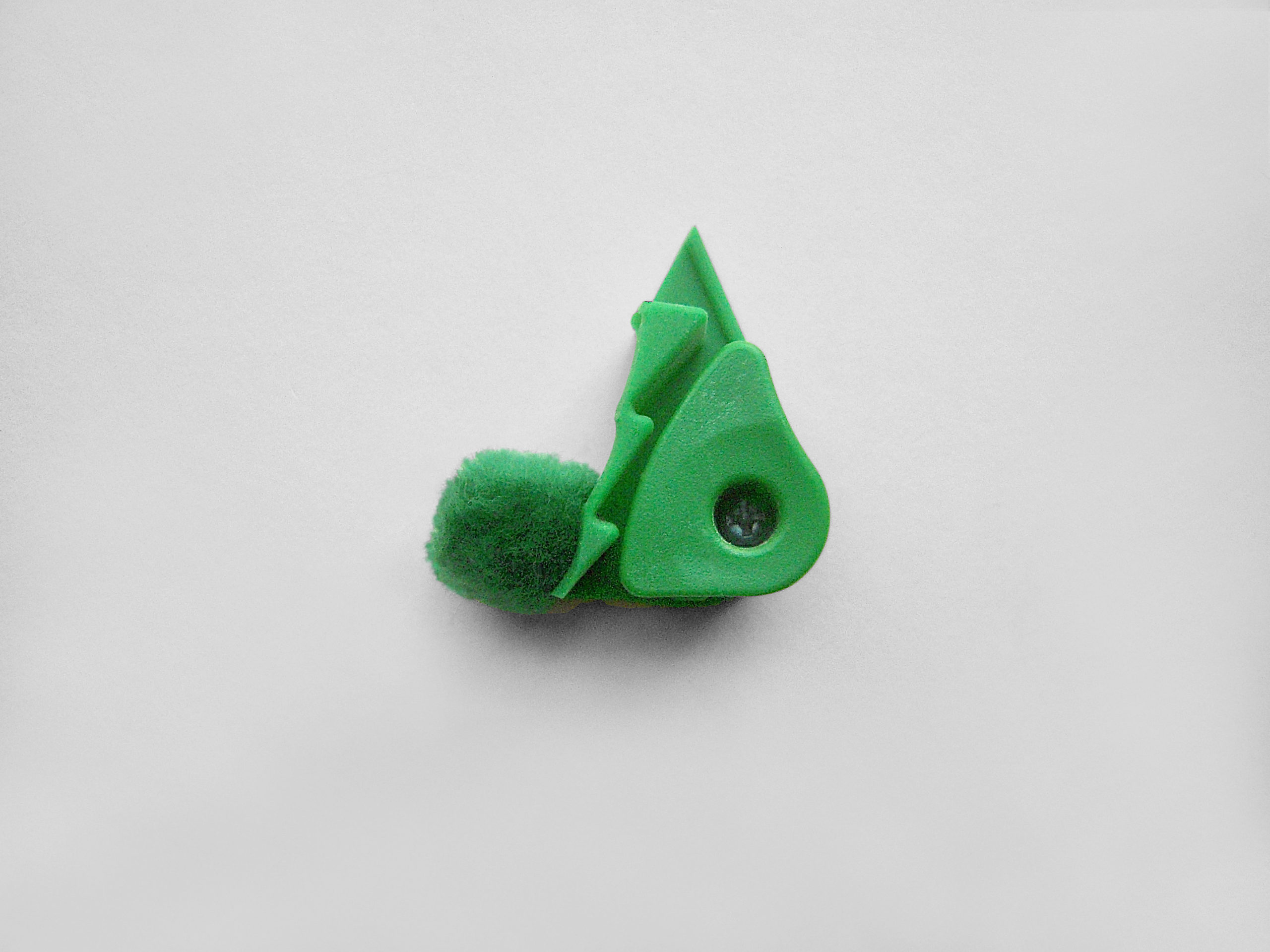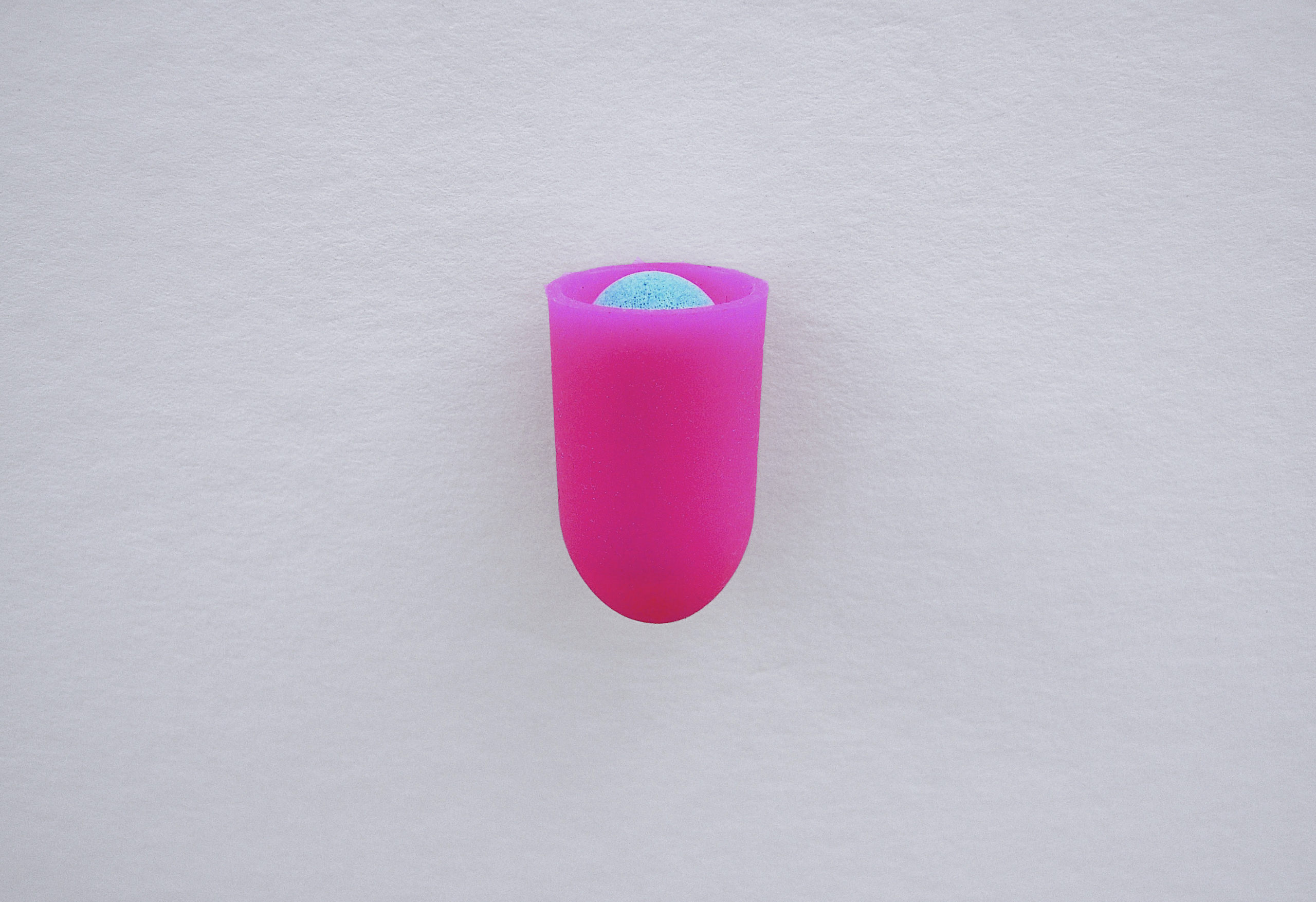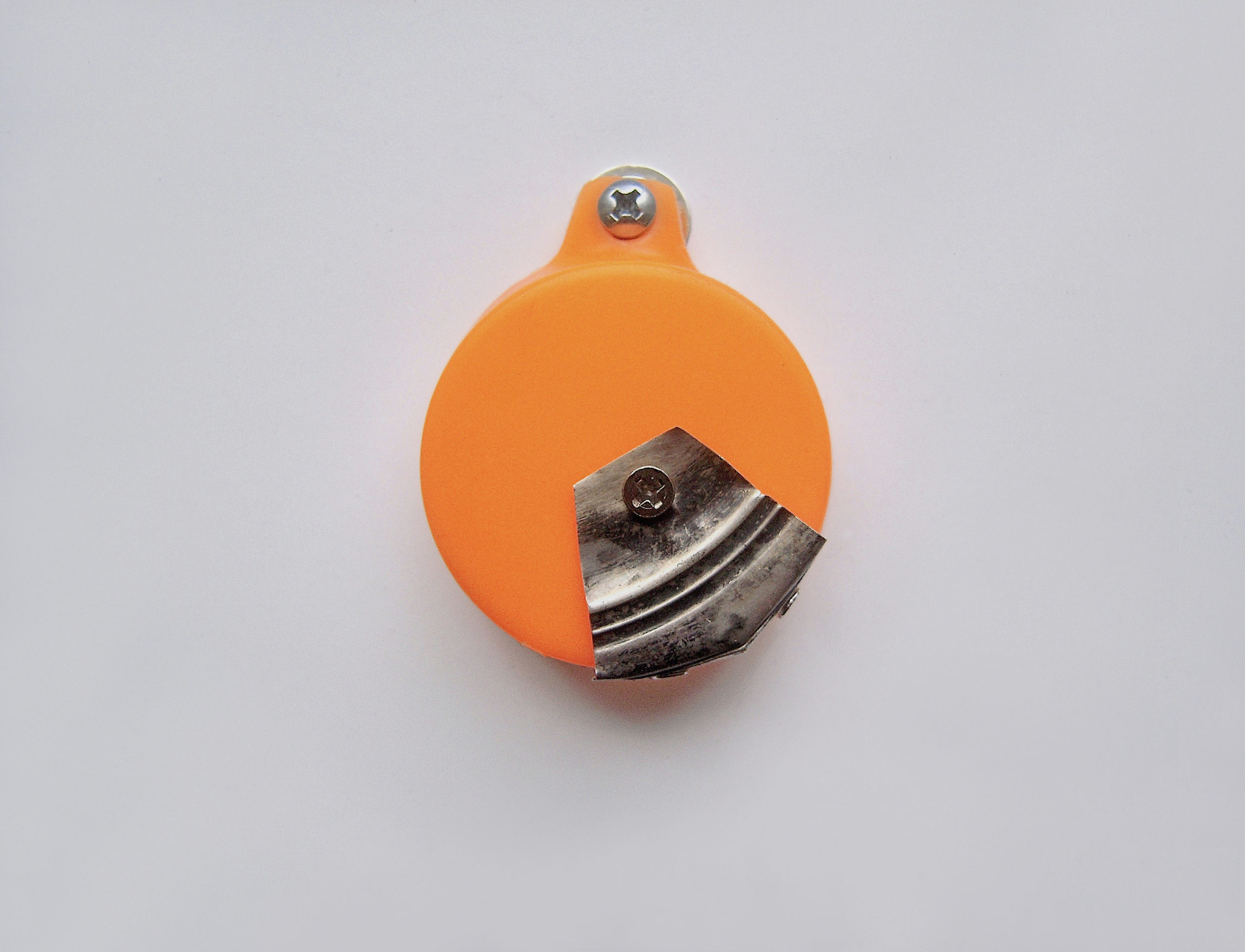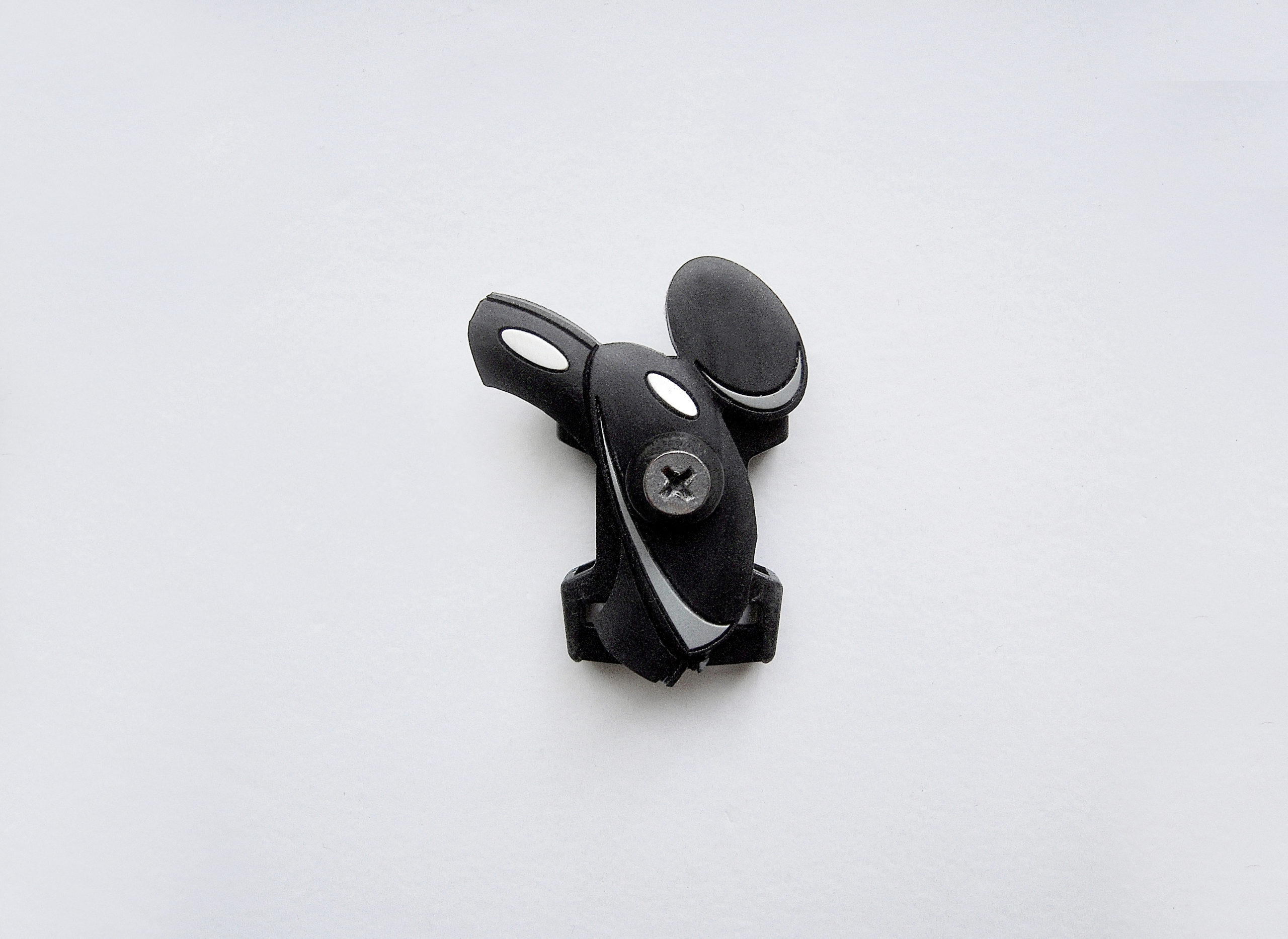Galeria Mascota, Mexico City
Michael Ross
Since the early 1980’s, Ross has been one of the few contemporary artists to work exclusively at such tiny dimensions (some of his more long-winded titles take up more space that his sculptures). Small enough to suggest the scale of magazine reproductions, Ross’ symmetrically-composed assemblages are not miniatures, but “actual size” artworks. Most have an architectural dimension: screwed into the wall, they literally burrow into a site. Ross’ elegant, self-effacing works indirectly raise the question of the relationship between scale and presence – relative values that can only be intuitively felt, rather than objectively measured. Ross’ work takes on the model’s capacity to effectively suggest far larger sizes, mischeviously confusing one’s sense of its physical presence.
Michael Ross is one of those artists who have decided to leave the so-called “welltrodden path”, to focus on domains of research and aspects of reality which are unconventional or often neglected. He belongs to that specific category of artists whose work is characterized by a peculiar intensity, an overwhelming forcefulness which does not express itself in monumental scale or enormous dimensions. He looks for “minimalist” realities and develops his work according to these lines. The atom, the molecule, the chip: those are the elements which deserve his attention. His work is both poetic and ironic, it is “serious”, and yet it has a meditative quality. The intensity of his art might be compared to the sharpness of a needle, despite the very small surface, it has a poignant impact. It pricks you when you least expect it and that’s just what the viewer needs. Ross’ sculptures set up various sorts of objects and found materials. By their small size, these objects belong to registers of reality to which attention is seldom paid, even if we may be sure of having frequented them at some time or another. His work is often about ordinary utility objects set for consideration outside their usual context. However, whether it is suspected or not, criteria of recognition are graded as much from a point of view of quantity, in the art world as much as in social life spontaneous consideration and respect is given to that which tends toward the big, as to that of usage, as soon as something is separated from its utilitarian function, we no longer manage to give it meaning.
Light’s role has been of major importance in the case of Michael Ross’ sculptures from the very beginning; in 1991 a perfect shiny thimble was used. Later works were always partly realized with recuperated metallic elements, then papers and plastics with luminescent qualities were added or substituted, including sheets of mylar paper, aluminum foils, and safety reflective materials. For the artist, this choice of metallised materials responds to a specific conception of the history of sculpture in which he wishes to inscribe his work. It is a tradition that seems to imply the usage of hard, cold and reflecting metal; what is sculpture without bronze? One of his largest work was produced in 2001 by means of thousands of stainless-steel spoons, in Sonsbeek Park in Arnhem. Entangled with one another in a bank of earth, these spoons figured a curious root several meters long, which above all in the evening violently responded to the rays of a setting sun. The proposition constituted a doubting and insistent questioning of the opposition of the categories natural and cultural. Additionally, plastic, foam and cords of all kinds have erupted in his work, introducing vivid colors that from a good distance produce rather pictorial stains that seem to variously modulate the walls’ surface. Despite their small size, Michael Ross’ works have all the arguments necessary to capture our floating attention.
https://www.galeriamascota.com/







